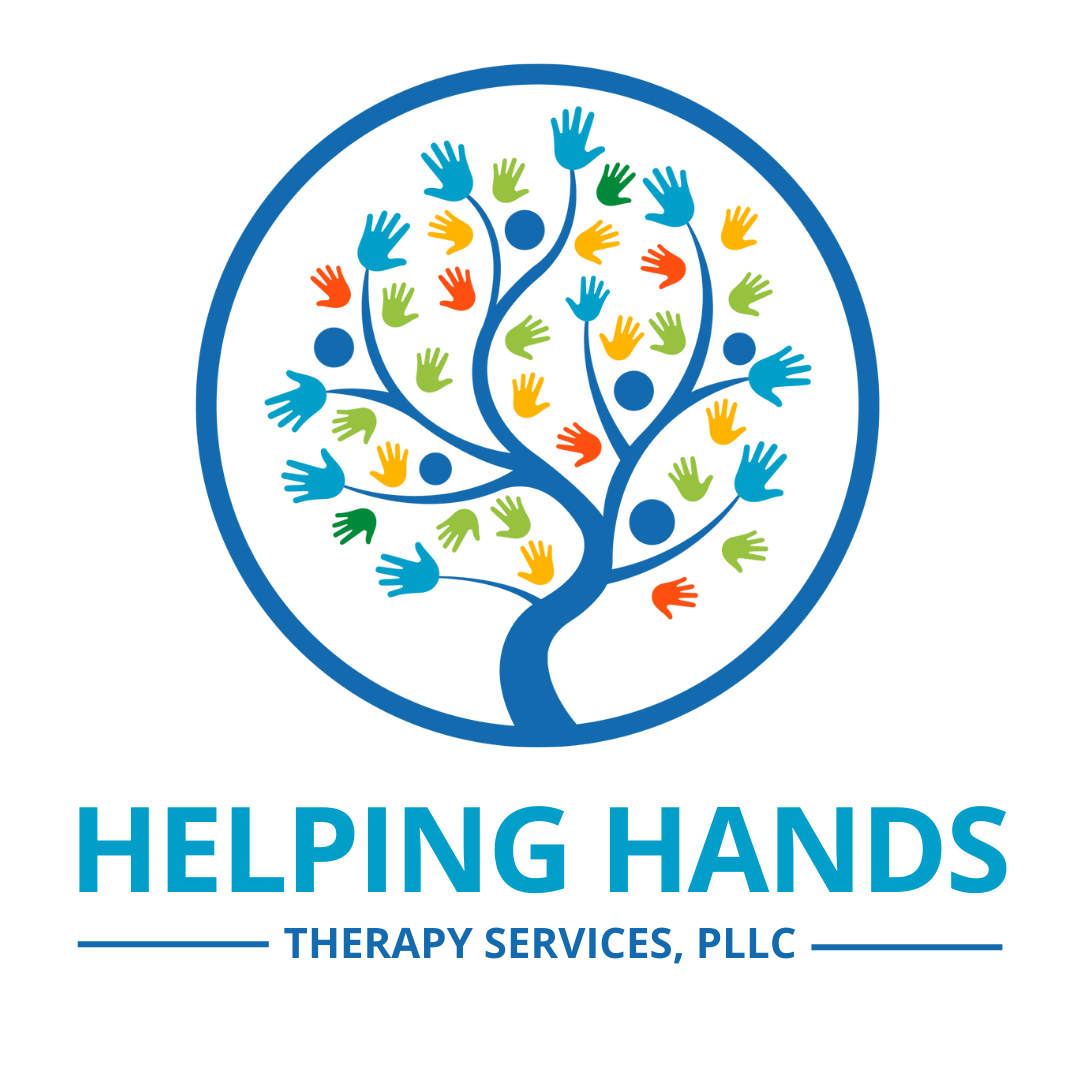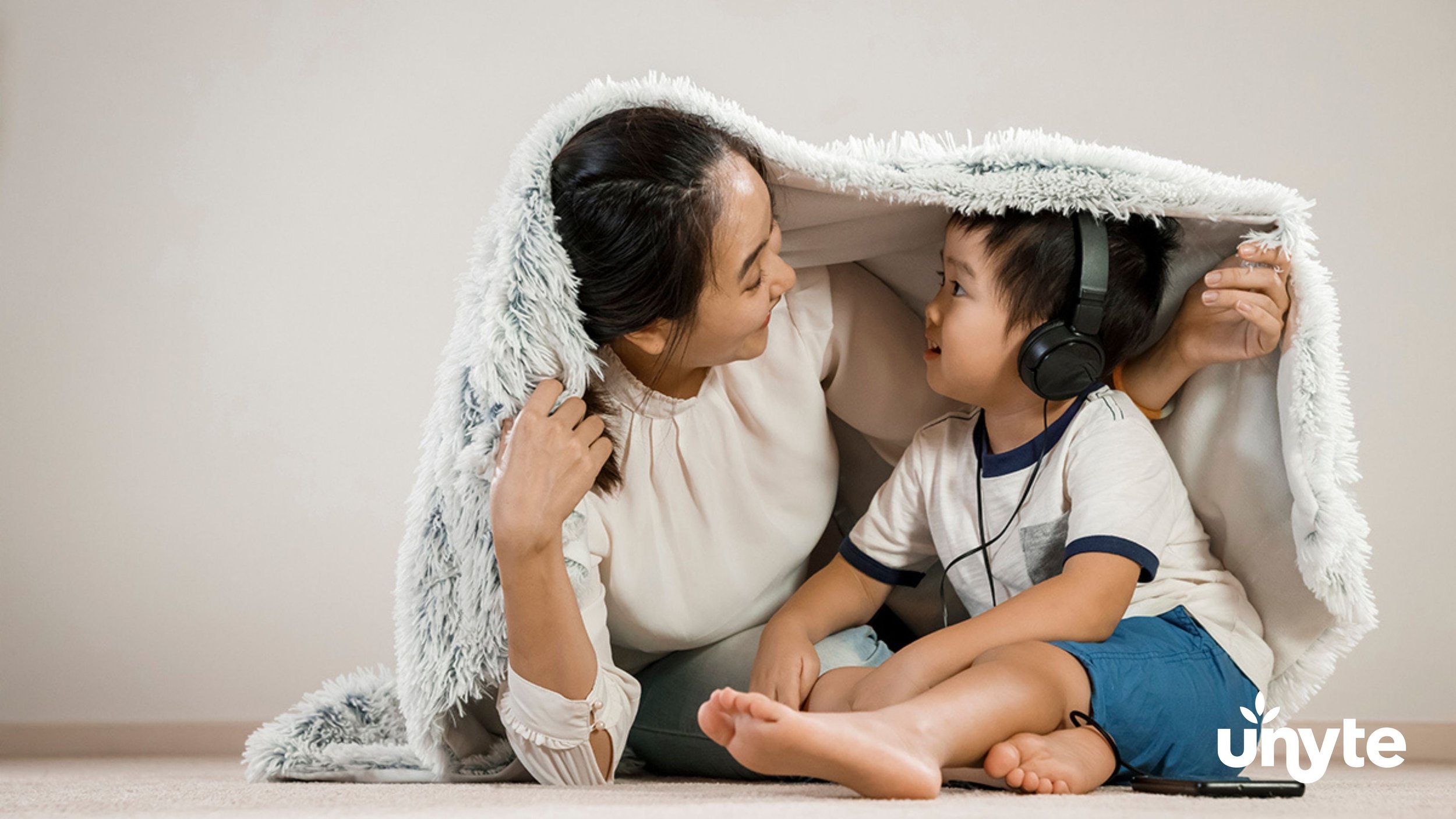A Calmer Kid in Only Five Days? A Parent’s Guide to Safe and Sound Protocol
You might’ve heard about Safe and Sound Protocol. Perhaps you’ve even downloaded a free version of the sound frequencies to see what it’s all about. When used alongside other therapies, Safe and Sound Protocol is an effective anxiety treatment. 7 It’s also an effective treatment for PTSD, sensory processing difficulties, abnormal sleep patterns, and much more. 7
For children, this intervention typically takes only five to seven days to start seeing results. This does, however, depend on the age of the child and other factors like the severity of the disorder or dysfunction.
This article is designed to give you some background on Safe and Sound Protocol, so you can determine if it’s something your child needs.
The article covers…
What is Polyvagal Theory?
The big-picture biology background
Real-life examples
How Does Safe and Sound Protocol Work?
The nerdy, nitty-gritty biology background
Eardrums, brains, and behaviors
Does My Child Need Safe and Sound Protocol?
Diagnoses and conditions
When to consult a professional
I’ve Got Headphones. Can I Try This at Home?
Why a trained professional is necessary
Risks of free downloads and trying it on your own
What’s Polyvagal Theory?
Polyvagal theory suggests our nervous system gives us signals that cause behaviors in response to danger or a perceived threat. It’s how we decide we either feel safe or need to take action to reclaim feeling safe. Safe and Sound Protocol is based on polyvagal theory.
According to an academic article specific to polyvagal theory and the autonomic nervous system1…
The physical state of the body in combination with responses of the nervous system results in different behaviors such as
A fight or flight response
Social initiation and positive engagement
2. The ability to participate in healthy social engagement involves the relationship between the nervous system, the muscles in the face, and the smooth muscles of the digestive system.
Some real-life applications of this theory can be noted in…
Your child sees their best friend come into the classroom and smiles (facial muscles)
That tossy-turny feeling in your child’s stomach when giving a speech at school or talking to a crush (smooth muscles of the digestive system.
3. There is a signal the body uses called neuroception–the nervous system uses this signal to tell the body if it needs to defend itself or calm down.
Three examples of this are…
You notice a stranger walking up to your child who is swinging on the playground. In response, you walk over to defend your child and yourself from a potential threat. (fight response)
Your child notices a stranger walking closer to them on the neighborhood playground. They stop swinging and get on their bike to ride home. (flight response)
A stranger walked towards you and your child while you’re swinging on the playground together. You both figure out it’s your child’s school friend’s parent and calmly say, “hello.” (social engagement response)
The brain, spinal cord, peripheral nerves, and muscles are all connected. The mind, will and emotions are influenced by all these structures, resulting in behaviors.
How Does Safe and Sound Protocol Work?
The expression “my nerves are shot” isn’t as far-fetched or dramatic as you might think. Feeling like you’ll be sick before a speech and running out of the room also can be explained by the vagus nerve.
Sometimes things get a little confusing. The signals don’t communicate with accuracy or get stuck—this is when disorders and dysfunctions like PTSD, anxiety, and insomnia set in.
When the body and mind have experienced trauma, the conscious and subconscious response is to prevent such a horrific experience from happening again. When a person has a disorder like PTSD, their body and nervous system take on a persistent, increased awareness of possible threats–otherwise known as hypervigilance.
So, simple sounds like a blender or hairdryer may be perceived as life-threatening, resulting in a behavior response others may describe as exaggerated.
Safe and Sound Protocol is an auditory intervention that uses high frequencies to mimic tones of voice found in healthy social interactions.3, 4 It uses high frequencies to stimulate the vagus nerve.
The vagus nerve connects the brain to internal organs.
So, why use an auditory intervention to stimulate a nerve connected to your child’s guts? Well, the vagus nerve is also associated with the body’s fight-or-flight response.
From an anatomical standpoint, when the nervous system becomes aware of a potential threat, it tells the eardrum, “listen carefully.” The eardrum actually changes shape to pick up on low-frequency sounds–sounds found in background noise.2, 3 In contrast, when a person is listening during a conversation, the eardrum changes shape again to pick up on high-frequency sounds. 3
According to The Polyvagal Theory in Therapy: Engaging the Rhythm of Regulation,
“If our [autonomic nervous system] is continually aroused through trauma or toxic, chronic stress, the muscles of our middle ear shifts away from listening for [the] human voice and instead listens for low-frequency background noises in preparation for the need to respond (fight or flight). This makes us much less able to be socially engaged and much more likely to be reactive.”4
Safe and Sound Protocol provides extended, repeated auditory exposure to high frequencies that mimic those found in social situations.6 This exposure gives the nervous system the opportunity to reorganize and remember what it’s like to feel safe.
The goal after five to seven treatments is for your child’s nervous system to pay more attention to high frequencies as they go about their life. This keeps them socially engaged instead of listening for threats or prioritizing attention to low frequencies—the frequencies associated with threats.
They’ll be able to better block out the low-frequency background noises to focus on conversations. Results have been seen in as little as five days but may take up to three months for some children.6, 7
Does My Child Need Safe and Sound Protocol?
If you think your child has a physical, mental, or emotional dysfunction that significantly interferes with their everyday life, we recommend consulting your primary care physician. Occupational therapy may be necessary to address internal and external obstacles preventing them from regular, functional engagement in occupations such as…
Academics
Socialization
Self-care
Sleep
Work
Relaxation
Driving
Safe and Sound Protocol has shown positive results for children with diagnoses including but not limited to: 5, 6
Anxiety and anxiety-related disorders
OCD
PTSD
PANDAS/PANS
Emotional and attachment disorders
acute trauma
Auditory Conditions
Auditory sensitivities
Misphonia
Sensory processing disorders
Learning disorders
ADHD
Autism
Acute/chronic conditions
TBI/brain stem injury
Stroke
Stress-related conditions
Sleep disorders or difficulties
Memory deficits
Mild cognitive slowing
But this is always in partnership with another therapy such as occupational therapy or psychotherapy. Safe and Sound is not intended to be used as a stand-alone therapy. Results from a downloadable program are not equal to the skill and guidance of a professional who is trained in the use of this tool.
I’ve Got Headphones. Can I Try This at Home?
You may be thinking…why can’t I just download a free version and try it myself? I can research, have my child listen to soothing music, and follow instructions.
Well, you can try it yourself. And you will likely see changes. But for lasting, quality results that target the root rather than stick to your child’s brain like a Band-Aid, it’s necessary to find a trained professional with a background in trauma-informed care or experience with the problem you are trying to fix.
Here’s why.
The root of trauma or other psychological conditions is far more complex than detecting and prioritizing sound frequencies. Exposure to higher frequencies is the starting point, not the ending point.
It’s not a distinct therapy in and of itself. For lasting results, it must be used alongside other effective methods of treatment such as occupational therapy or psychotherapy. When used alone, other barriers to function aren’t addressed.
For example, if your child with autism has sleep difficulties, they may benefit from Safe and Sound because it will decrease anxiety and help the body to relax. However, an occupational therapist may also recognize the cause of your child’s sleep difficulties is not solely related to anxiety and issues in the nervous system.
Your child may also need a visual schedule for a bedtime routine to help them prepare for the transition. Or there may be a completely different issue that only a skilled professional would pick up on.
If your child has PTSD or another anxiety-related disorder, Safe and Sound Protocol will not help them consciously identify and manage triggers. Guided questions to help a child examine their autonomic state before and after treatment is a skill occupational therapists and other therapists have cultivated. This is a necessary step requiring strategy and hard work.
Safe and Sound Protocol is an evidence-based therapy designed to be used by a trained professional–such as an occupational therapist. There is a separate training that professionals go through to learn how to use this tool effectively.
Health care professionals trained in the use of Safe and Sound protocol also have skilled knowledge8 of…
How to correctly structure a listening session
Assessments to see if a person would benefit from SSP or if they actually need something different for the problem they’re experiencing
Sensory systems and how they affect the nervous system
When used by an untrained professional or as a stand-alone treatment, it doesn’t provide the same quality of delivery and results.
Safe and Sound at Helping Hands Therapy Clinic
Helping Hands Therapy Clinic offers Safe and Sound Protocol delivered by a trained professional.
If you’ve weary from trying other methods or trying this method on your own without lasting results, call to schedule an appointment with us. We will ask you guided questions to see if this intervention would be right for your child.
Safe and Sound may be your next step towards happier, more functional living.
Call or email us today for inquiries or to schedule an appointment.
office@helpinghandstherapyservices.com
(757)-698-6981
Informational snapshot of Safe and Sound Protocol on our website: https://www.helpinghandstherapyservices.com/alternative-treatments
Blog Written By: Victoria Eilers, COTA/L, Copywriter & Content Writer
Blog Layout By: Shelby O’Connor, MOTR/L, Copywriter & Content Writer
References
2https://www.youtube.com/watch?v=MqgRrVZ1L5k
3https://www.emdrwestonsupermare.co.uk/wp-content/uploads/2019/07/SSPScience.pdf
5https://www.helpinghandstherapyservices.com/alternative-treatments
6https://heartspaceclinic.org/safe-and-sound-protocol
7https://www.thecenterforconnection.org/safe-sound-protocol
8https://integratedlistening.com/products/ssp-safe-sound-protocol/certification/
https://www.polyvagalinstitute.org/background
https://auditorycenter.com/services/therapy-intervention-services/safe-and-sound-protocol-ssp/








